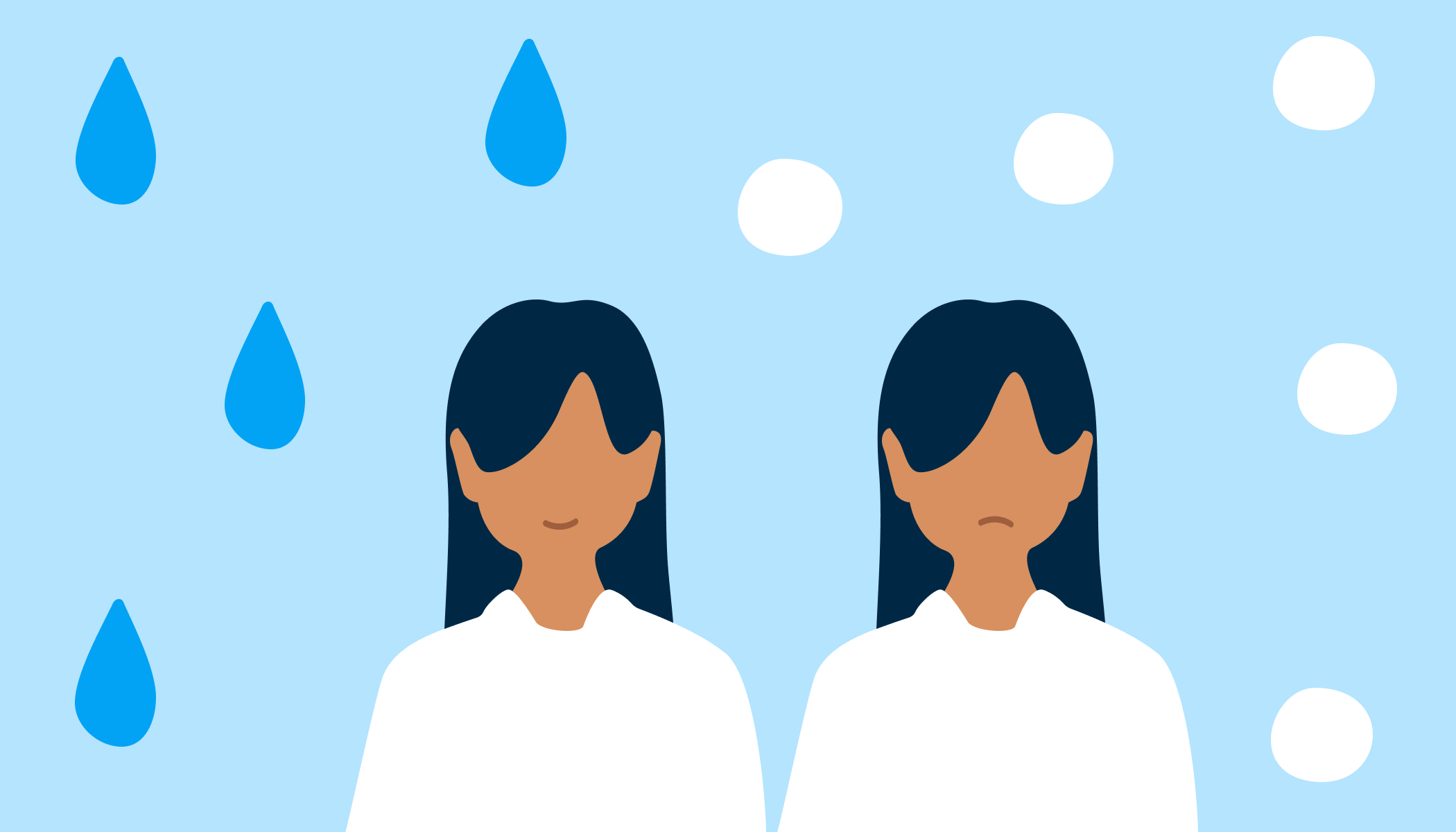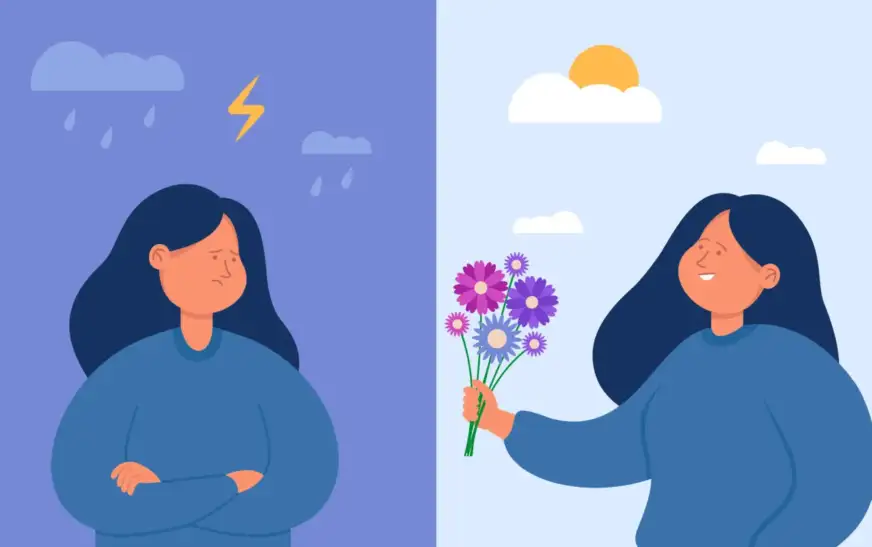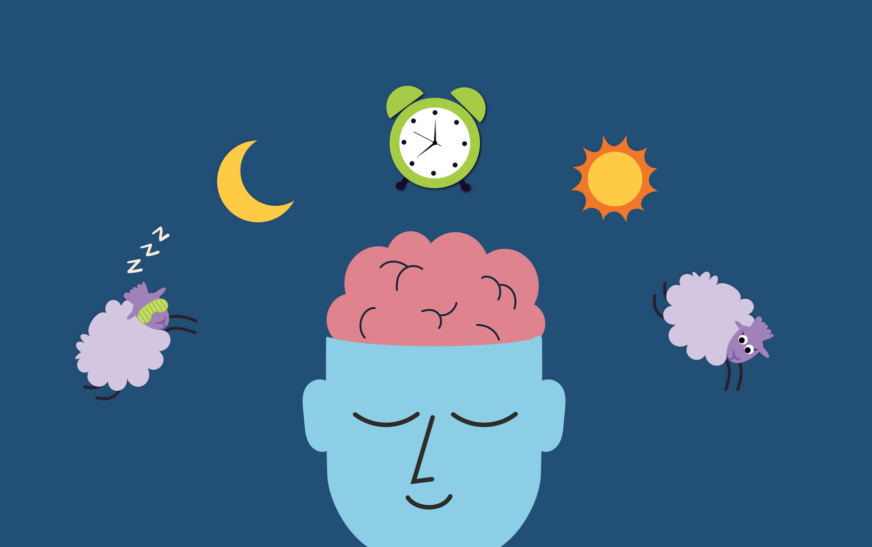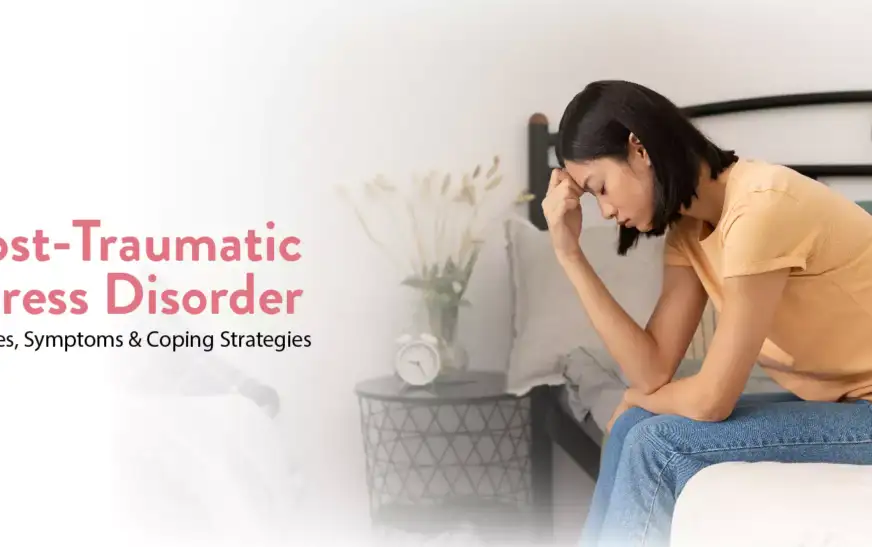Dealing with Seasonal Affective Disorder (SAD)
As the days grow shorter and the air turns crisp, many of us find ourselves longing for the warmth of sunshine. For some, this seasonal shift can bring more than just a change in wardrobe; it can trigger an overwhelming sense of sadness known as Seasonal Affective Disorder (SAD). If you’ve ever felt heavier during those gray winter months or struggled to shake off feelings of lethargy, you’re not alone. Understanding how to navigate these challenging emotions is crucial for maintaining your mental well-being. Let’s explore what SAD really is and how we can effectively manage its impact on our lives.

Understanding Seasonal Affective Disorder (SAD)
Seasonal Affective Disorder, commonly known as SAD, is a type of depression that typically occurs during specific seasons. Most often, it surfaces in the fall and winter months when daylight hours are limited.
The lack of sunlight can disrupt your internal clock and lead to feelings of sadness or hopelessness. It’s not just about feeling blue; SAD can significantly impact daily life.
This disorder affects millions worldwide, yet many may not recognize its symptoms right away. Individuals might experience fatigue, changes in appetite, or difficulty concentrating.
Understanding SAD requires acknowledging its seasonal pattern. While some people barely notice the change in seasons, others struggle with profound emotional shifts that can feel overwhelming and isolating. Recognizing these signs is the first step toward taking action against this condition.
Causes and Symptoms of SAD
Seasonal Affective Disorder (SAD) is primarily linked to changes in light exposure. As the days grow shorter, your body may respond negatively to reduced sunlight.
This shift can disrupt circadian rhythms and impact serotonin levels—key players in mood regulation.
Vitamin D deficiency also plays a role. With less sun, some individuals might not get enough of this essential nutrient, which can lead to feelings of fatigue and sadness.
Symptoms often include persistent low energy, irritability, and difficulty concentrating. You may find yourself withdrawing from social activities or experiencing changes in appetite and sleep patterns.
It’s crucial to recognize these signs as they signal that something deeper could be affecting your well-being during those darker months. Understanding the causes behind SAD helps pave the way for effective coping strategies tailored just for you.
The Winter Blues: Differentiating between SAD and Regular Sadness
The winter months can leave many feeling down. It’s easy to confuse these feelings with Seasonal Affective Disorder. However, there are key differences.
Regular sadness often arises from specific events or stressors. You might feel blue after a breakup or during a tough work period. These emotions usually pass as circumstances change.
SAD, on the other hand, is more pervasive and persistent. Symptoms typically emerge in fall and winter when daylight hours shrink. It affects energy levels, sleep patterns, and overall mood for an extended period.
While regular sadness might lift with time or support from friends, SAD requires more structured interventions like therapy or light exposure therapy to manage effectively. Understanding this distinction is crucial for seeking appropriate help when needed.

Coping Strategies for Managing SAD
Coping with Seasonal Affective Disorder requires a proactive approach. One effective strategy is establishing a daily routine. Consistency can create stability and provide structure during darker months.
Physical activity plays a vital role as well. Engaging in regular exercise releases endorphins, which can lift your mood and reduce feelings of depression. Even short walks outdoors on sunny days can make a difference.
Connecting with loved ones enhances emotional support. Sharing experiences or simply spending time together can alleviate feelings of isolation that often accompany SAD.
Mindfulness practices, like meditation or yoga, help center your thoughts and reduce anxiety levels. Taking moments to breathe deeply and focus on the present allows for mental clarity amidst seasonal changes.
Keeping a journal offers an outlet for expressing emotions. Writing down thoughts helps you understand patterns in your mood while providing perspective during challenging times.
Light Therapy: An Effective Treatment for SAD
Light therapy has emerged as a popular and effective treatment for Seasonal Affective Disorder (SAD). It involves exposure to bright artificial light that mimics natural sunlight. This method is believed to help regulate the body’s internal clock and improve mood.
Sessions typically last about 20-30 minutes each day, ideally in the morning. Users sit in front of a specialized light box designed to filter out UV rays while providing sufficient brightness.
Many people report significant improvements in their symptoms after consistent use. It’s crucial, however, to choose the right type of light box—look for one that emits at least 10,000 lux.
Consulting with a healthcare professional before starting can ensure this treatment aligns well with individual needs. Light therapy isn’t just convenient; it also offers an accessible approach for those battling winter blues or SAD throughout gloomy months.
Alternative Treatments for SAD
Exploring alternative treatments for Seasonal Affective Disorder (SAD) can provide new avenues for relief. Each individual responds differently, so personal experimentation is key.
Herbal supplements like St. John’s Wort and valerian root have shown promise. They may help uplift mood and improve sleep quality, although it’s essential to consult with a healthcare professional before starting any new regimen.
Mindfulness practices such as yoga or meditation can also be beneficial. These techniques promote relaxation and reduce stress, allowing you to cultivate a more positive mindset during darker months.
Acupuncture has gained popularity too. Many find that this ancient practice helps relieve symptoms of depression by stimulating specific points on the body.
Diet plays a crucial role in mental health as well. Incorporating omega-3 fatty acids found in fish or flaxseed may support emotional well-being while focusing on whole foods boosts overall energy levels during bleak times.
Tips for Preventing or Reducing the Effects of SAD
Embracing outdoor activities can make a difference. Even on cloudy days, natural light exposure is beneficial. Aim for a brisk walk or simply sit outside when possible.
Establish a routine that incorporates physical activity. Exercise releases endorphins and helps boost your mood. Find an activity you enjoy, whether it’s yoga, dancing, or jogging.
Nourishing your body matters too. A balanced diet rich in fruits, vegetables, and whole grains supports mental health. Omega-3 fatty acids found in fish are particularly helpful.
Stay connected with friends and family during the darker months. Social interactions can lift spirits significantly. Schedule regular catch-ups to ensure you stay engaged.
Consider mindfulness practices like meditation or journaling to manage stress levels effectively. These techniques ground you and promote emotional clarity amidst seasonal changes.
Conclusion
Dealing with Seasonal Affective Disorder can be challenging, but understanding it is the first step toward managing its impact on your life. Recognizing the causes and symptoms allows for a more informed approach to treatment. Differentiating between SAD and regular feelings of sadness helps in seeking appropriate support.
Implementing coping strategies can significantly improve your daily experience during those darker months. Light therapy stands out as a popular and effective method, offering relief through exposure to bright light that mimics natural sunlight. Exploring alternative treatments also provides additional avenues worth considering—be it herbal remedies or mindfulness practices.
Taking proactive steps toward preventing or reducing the effects of SAD is essential for maintaining mental well-being throughout the year. Simple lifestyle adjustments like spending time outdoors, exercising regularly, and connecting with loved ones can make a difference.
Embracing these strategies may not eliminate Seasonal Affective Disorder entirely, but they contribute positively to navigating its challenges. By prioritizing self-care and remaining informed about available resources, you empower yourself on this journey towards better mental health during seasonal changes.






